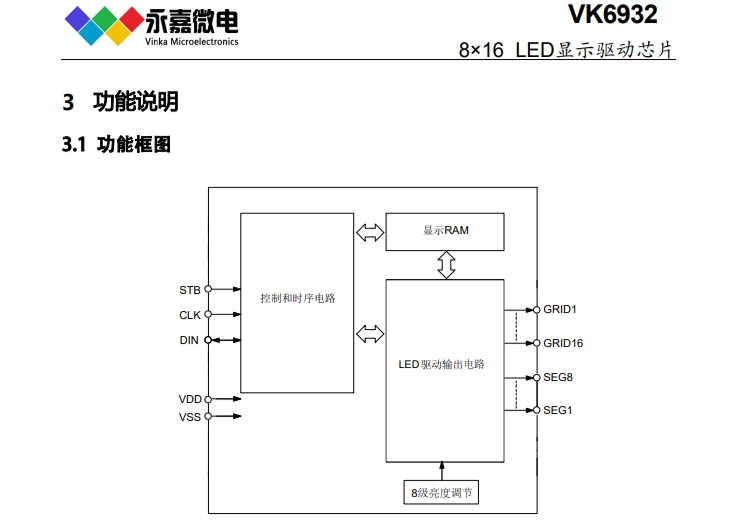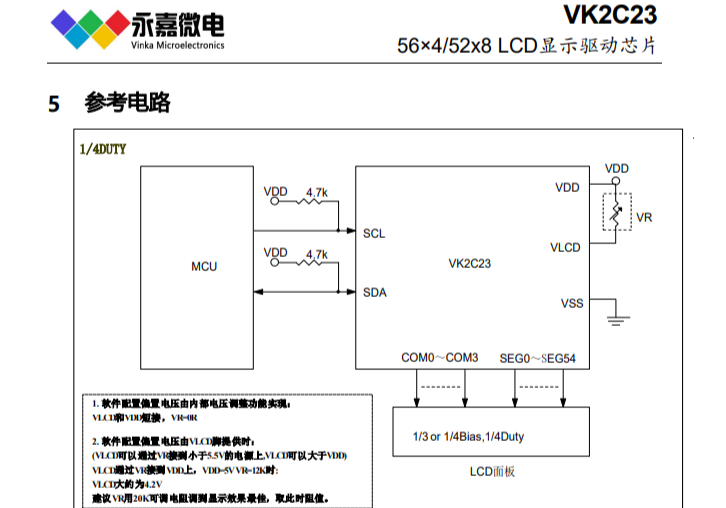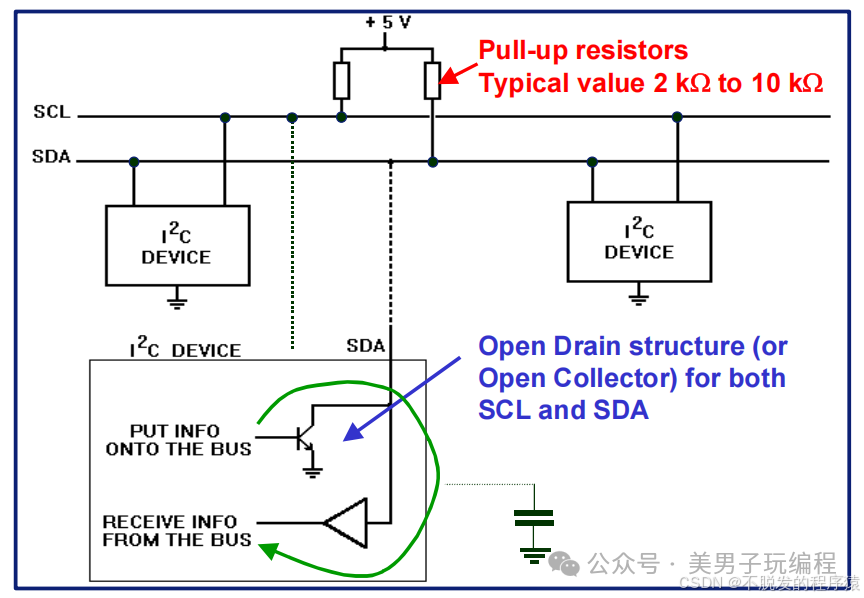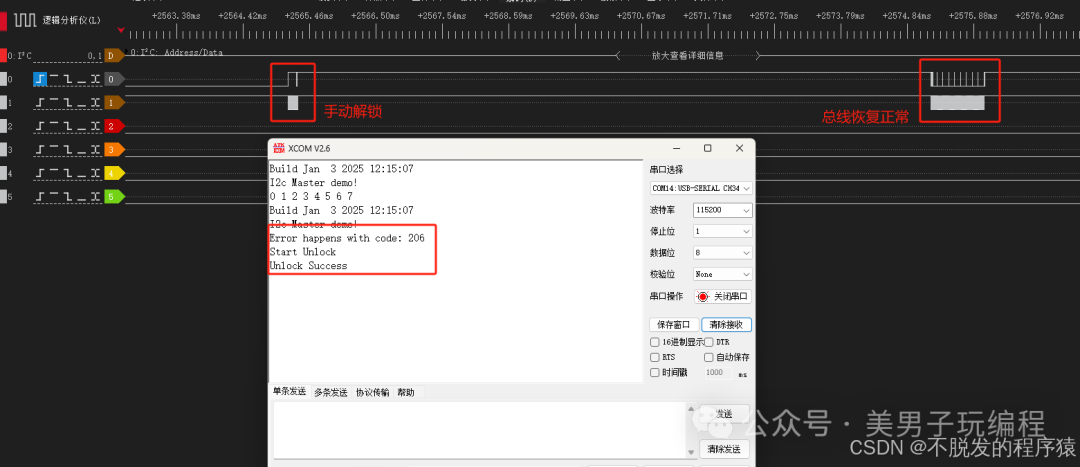大家应该都知道C++17引入了variant,这篇文章我们来研究下它究竟有啥用。


本期目录


variant是什么?
为什么要引入variant?
如何确定variant中当前存放的数据类型?
variant为什么要搭配monostate?
如何用variant实现多态?
variant这货类似于union,可以存放多种类型的数据,但任何时刻最多只能存放其中一种类型。
这里大家可能有些疑问,既然有了union,那为啥还要引入variant呢?
那肯定是因为union有缺点呗。
看这段union的基本用法:
union MyUnion { int a; float b; double c;};
void test_simple_union() { MyUnion u; u.a = 1; std::cout << u.a="">"\n"
;
u.b = 1.32f; std::cout << u.b="">"\n"
;
u.c = 2.32; std::cout << u.c="">"\n"
;}
union貌似也只能这么使用,没有其他方法。
这里有一个很重要的点,我没法获取当前存储的数据是什么类型,比如我当前存储的是float,但是却按int方式获取,这不就坏事了吗。
再看一段代码:
struct A { A() = default; A(int aa) : a{aa} { std::cout <<>"A() \n"
; } ~A() { std::cout <<>"~A() \n"
; } int a;};
struct B { B() = default; B(float bb) : b{bb} { std::cout <<>"B() \n"
; } ~B() { std::cout <<>"~B() \n"
; } float b;};
union MyStructUnion { A a; B b; /** * @brief 在析构函数中我要做什么?不知道当前类型究竟是A还是B * 那调用 a.~A() 还是 b.~B() ? */ ~MyStructUnion() { std::cout <<>"~MyStructUnion() \n"
; }};
/** * @brief 需要手动调用析构函数 * */void test_struct_union() { MyStructUnion u;
new (&u.a) A(1); std::cout << u.a.a="">"\n"
; u.a.~A();
u.b = B(2.3f); std::cout << u.b.b="">"\n"
; u.b.~B();}
这里可以看到,union无法自动处理构造和析构等逻辑,它需要用户手动调用相关函数才行,这就导致使用它union存储自定义类型时特别麻烦。
所以,variant诞生:struct C { C() = default; C(std::string cc) : c{cc} { std::cout <<>"C() \n"
; } ~C() { std::cout <<>"~C() \n"
; } std::string c;};
/** * @brief 使用variant完全不需要手动调用构造和析构函数,它会自动处理好所有逻辑,非常方便 * */void test_variant() { std::variant
使用variant完全不需要手动调用构造和析构函数,它会自动处理好所有逻辑,非常方便。
这里还遗留个问题,即如何判断variant内部当前存储的数据是什么类型?别着急,后面会介绍。
void test_variant() { std::variant这也是常规的variant使用方法。那我如果存储个自定义类型呢?
void test_monostate2() { ///< 编译失败,S如果没有构造函数,需要加monostate std::variant var; var = 12; std::cout <<>std::get(var).value <<>"\n";}这里会编译失败,因为S没有无参默认构造函数,无法默认直接声明,所以这里需要加个monostate,表示默认情况下它的存储类型就是monostate。
void test_monostate() { std::variant在定义variant结束后,我们就会知道内部类型的index,然后在运行时我们就可以动态的获取当前var的index,进而确定内部数据的类型。
难道我们每次都要手动记录下variant内部数据类型的index吗?如果将来有一天我们要在中间新增数据类型,岂不是之前建立的index都错乱了。
这里可以使用可变参数模板+模板元编程的小技巧,看下面这段代码:
templatetemplate
template
template
template
using variant_t = std::variant
constexpr static auto kPlaceholderIndex = get_index_v
通过get_index_v,我就可以知道数据类型在variant中的index,以后即使有改动也不需要担心,它都会自动处理。再贴一段它的测试代码:
auto custom_visitor = [](const auto& value) { switch (value.index()) { case kPlaceholderIndex: std::cout <<>"placehodler value " <<>"\n"; break; case kIntIndex: std::cout <<>"int value " <<>std::getvar = 1; custom_visitor(var);
var = 2.90f; custom_visitor(var);
var = std::string("hello world"); custom_visitor(var);
var = std::string("hello type");}
int main() { test_using_index(); }
其实上面的代码,个人认为它也是一种多态,尽管它就是一个普通的switch-case,然而,我们可以使用std::visit稍微改装一下。
void operator()(float f) const { std::cout <<>"float " << f="">"\n"; }void operator()(std::string s) const { std::cout <<>"string " << s="">"\n"; }};
void test_visitor_functor() { std::variant
// 输出int 1float 2.9string hello world
visit内部会自动判断当前variant内部存储的类型,进而触发不同的行为。
上面是使用仿函数搭配的visit,其实使用lambda表达式更方便:
// 输出value 1value 2.9value hello worldstring value hello type看到这里大家应该也悟到了,可以使用std::visit搭配variant来实现多态。
struct B { void func() const { std::cout <<>"func B \n"; }};struct CallFunc { void operator()(const A& a) { a.func(); } void operator()(const B& b) { b.func(); }};
void test_no_param_polymorphism() { std::variant,> var = A(); std::visit(CallFunc{}, var); var = B(); std::visit(CallFunc{}, var);}struct D { void func(int value) const { std::cout <<>"func D " << value="">"\n"; }};
struct CallFuncParam { void operator()(const C& c) { c.func(value); } void operator()(const D& d) { d.func(value); }
int value;};
void test_param_polymorphism() { std::variantvar;,> var = C(); std::visit(CallFuncParam{1}, var); var = D(); std::visit(CallFuncParam{2}, var);}
认为继承是个洪水猛兽的朋友,其实也可以考虑variant来实现多态的行为哈。
那同样是实现多态,是用继承好呢,还是用variant好呢?可以看这个图:
图片来源于这个链接:http://cpptruths.blogspot.com/2018/02/inheritance-vs-stdvariant-based.html。大家感兴趣的可以直接移步哈。
https://www.cppstories.com/2020/04/variant-virtual-polymorphism.html/
https://www.cppstories.com/2018/06/variant/
http://cpptruths.blogspot.com/2018/02/inheritance-vs-stdvariant-based.html
https://github.com/chengxumiaodaren/cpp-learning/tree/master/src/varian
















暂无评论